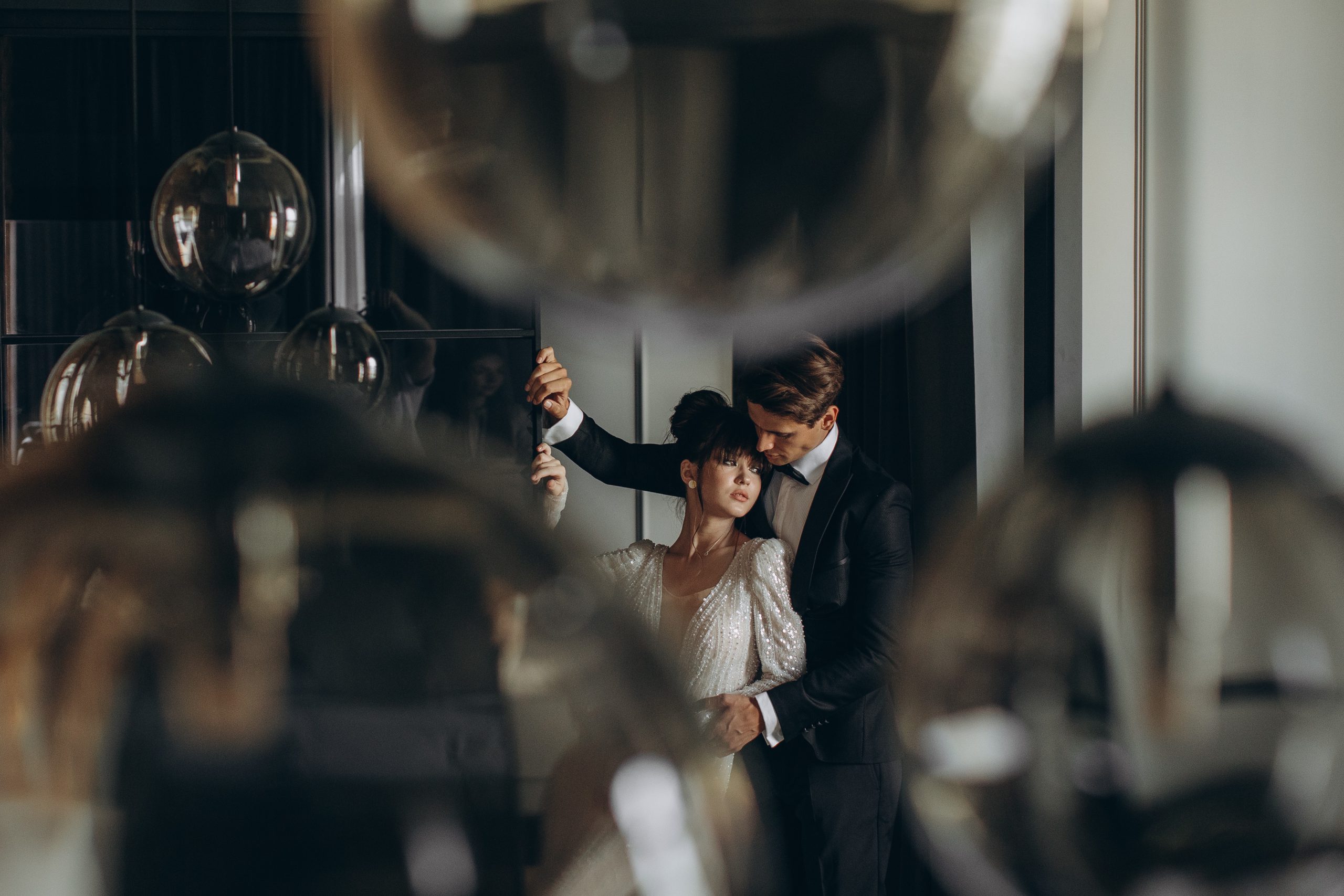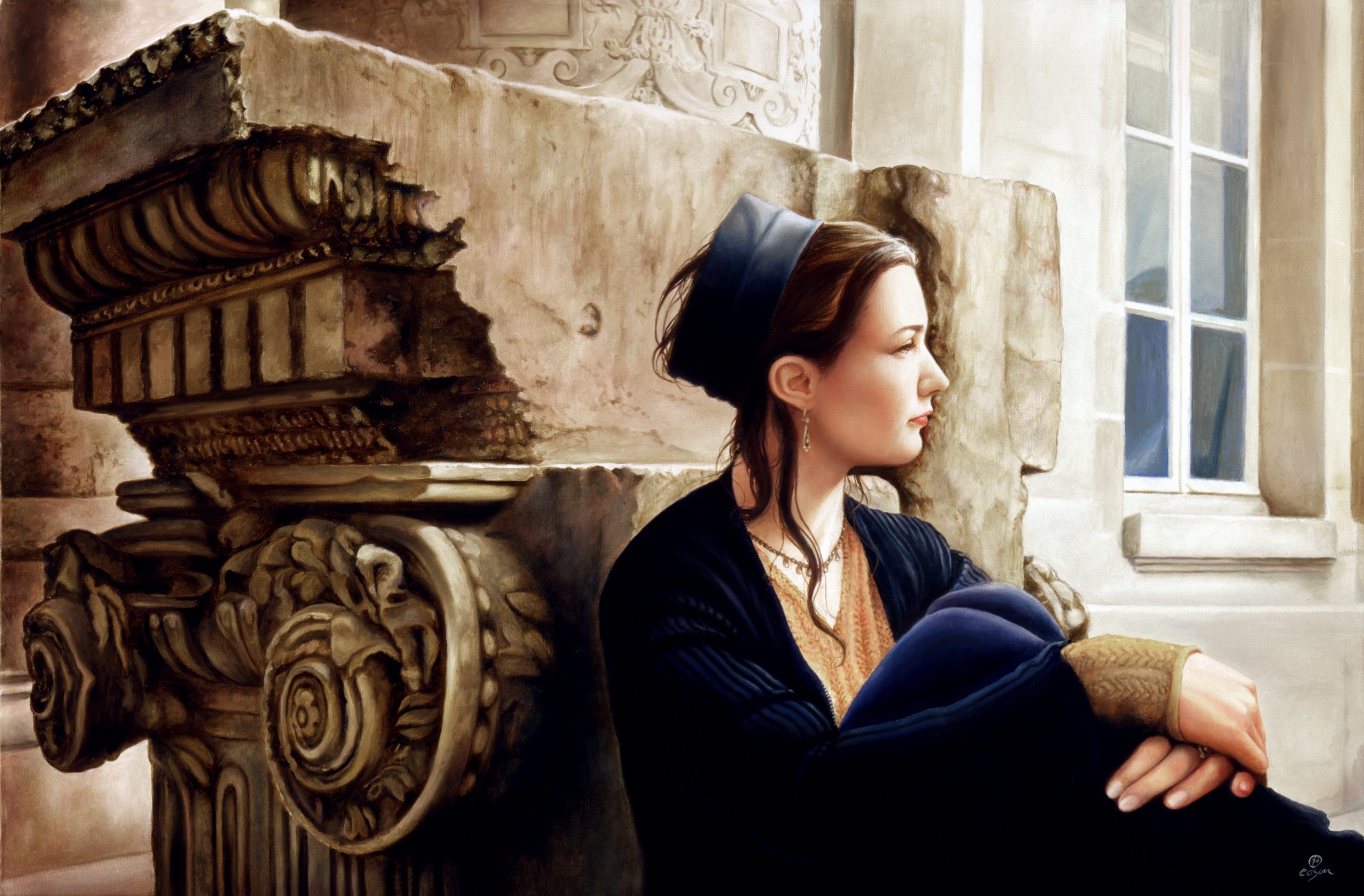
Based on the bestselling novel of the same name by Edward Kelsey Moore, “The Supremes at Earl’s All-You-Can-Eat” is a throwback movie to those comforting, star-studded dramedies that used to be box office bread and butter. Mostly set between 1968 and 1999, the film follows best friends Odette (Aunjanue Ellis-Taylor and Kyanna Simone), Clarice (Uzo Aduba and Abigail Achiri), and Barbara Jean (Sanaa Lathan and Tati Gabrielle), dubbed The Supremes, through the ups and downs of their adult lives, including marriages, children, careers, illness, and even death.
Originally developed for the screen by Gina Prince-Bythewood, the filmmaker passed the project to her long-time mentee Tina Mabry, who wrote her own draft of the script before stepping behind the camera to direct as well. This is Mabry’s first feature film since her auspicious semi-autobiographical debut film “Mississippi Damned,” the 2009 festival darling that helped launch the career of its star Tessa Thompson and cinematographer Bradford Young. The film went on to win three awards at the Chicago International Film Festival, including the Gold Hugo for Best Film. After languishing in limbo for six years, “Mississippi Damned” was finally picked up for distribution by Ava DuVernay’s ARRAY in 2015. Mabry has since directed episodes of “Queen Sugar,” “Insecure,” “Pose,” and “Women of the Movement.”
A native of Indiana, author Edward Kelsey Moore began his professional life as a classically trained musician and has played with several orchestras in the Chicagoland area. Although he had written fiction since his youth, he didn’t focus on writing until his late-thirties. His first short stories were published when he was in his forties, with his debut novel “The Supremes at Earl’s All-You-Can-Eat,” published when he was fifty-two. He has since written a sequel entitled, “The Supremes Sing the Happy Heartache Blues.”
A few weeks ago in Downtown Chicago, RogerEbert.com spoke with Mabry and Moore about adapting the novel to the screen, bringing Earl’s diner to life, and what it takes to recreate the emotional chaos leading up to Y2K.
I love “Mississippi Damned” and have followed your career since that film. You’ve spoken a lot about how in college you saw “Love & Basketball” and that film really inspired you to become a filmmaker. Obviously, you’ve directed Sanaa Lathan in this film, so I wondered if that was a full-circle moment for you.
Tina Mabry: Yeah. This entire film, “The Supremes at Earl’s All-You-Can-Eat,” has been a full circle moment from that moment when I decided to give up law after seeing “Love & Basketball.” But the big, important thing for me was seeing Gina Prince-Bythewood’s name and seeing that a Black woman was actually able to be a director and a writer. Coming from Mississippi, that was just not a possibility. I didn’t have anything in front of me directly, and I was just a novice. I didn’t know about Julie Dash at the time. I didn’t know about Neema Barnette. I wasn’t educated in film in that way. So for me, I ended up “stalking” Gina when I went to film school.
When I finally met her, I completely cried because of the power of what cinema can do and that one film that changed my life. She became a mentor. So to come back several years later – she had adapted the very first version of “The Supremes” – and she’s like, “Hey, do you want to direct this? Do you want to take over the script? I want to recommend you Searchlight.” I was like, “Oh, God, yeah.” What are the chances of that? Then, I ended up landing the gig. Coming back around and working with Gina through this process was amazing. People don’t know the phone calls we have had going through all of this and the advice she gave me when I was younger that got me started in my career. I mean, she was even why I thought that this was a possibility. So to work with her on this project was a dream come true.
Then to have Sanaa Lathan on my set, who I’ve been watching since I was 22 years old, everything she’s done, every move she’s made in her career. To be able to sit with her and have her trust me with the guidance of her performance and support her performance. It takes a lot for an actor to be vulnerable, which is built upon the environment you create for them, ensuring they have trust in themselves. I tell them all, “You cannot fail on my set; it’s not even a possibility. So you can always feel free to do and be who you are. I want that thespian to come out.” So for me, knowing that “Love & Basketball” changed my life so greatly as a 22-year-old kid, and to now be in a more mature age and have all of this happen, has been something that has fed that little younger, 22-year-old self in me. But it’s given a lot of hope to who I am now for where my future will continue to go.
Also, I am grateful for all of the other women who wanted to work with me in front of the camera and that I got the chance to direct Aunjanue Ellis-Taylor and Uzo Aduba as well. And please don’t let me forget my guys. You know, Russell Hornsby, Mekhi Phifer, Vondie Curtis-Hall, Julian McMahon. To work with all thespians, who’ve been doing this for 20-30 years, at the top of their game. I mean, this really, truly is a dream come true for me.

You mentioned Mekhi Phifer, who was in “Soul Food,” a film whose tone I felt in “The Supremes,” along with something like “Waiting to Exhale,” which I know Edward has mentioned was similar to the tone of his novel. Were those films from the late ’90s, those warm, ensemble dramedies, an inspiration in this adaptation of the book?
TM: Absolutely. It’s funny that you said “Waiting To Exhale” because that was one of the comps, as well as “Fried Green Tomatoes” and “Steel Magnolias.” Those kinds of films that we actually made in the ’90s and allowed to flourish, where you had a lot of female empowerment, where you got a chance to tell the stories of what real life looks like for women in all iterations, from all socioeconomic backgrounds, but also showed that there was a commonality. This commonality of women needing a sisterhood to help get through the throes and the blows of life. And to not only be able to laugh, but to cry with these people and feel safe and supported. And at the same time, have someone call you out of your stuff when you need it. You need to call stuff out if you are truly a friend, but also be supportive.
I think it’s that honesty that Edward put on the page to start with, which meant that my job was already three-quarters of the way done because I already knew who these women were. These are my aunts; they are part of me, too, or my mom and my granny. These are the women in my life. So to take these real human beings who are going through these things, who power through the situations, or who sometimes will ignore a situation until life makes you with a knock, knock, knock, come and greet it at the door. It was something that was just really groundbreaking and was something I wanted to translate to the screen as best and honestly as I could.
Edward, you are from Indiana. Do you feel that this story has a deeply Midwest take on life? Do your Midwest roots come through in it a bit?
Edward Kelsey Moore: When I wrote the novel, I thought, “I’m writing about these very specific people, this very specific place, and who knows if anybody else will ever read it.” But fortunately, a number of people did read it, and what they keep telling me is that, no, it has nothing to do with Indiana. It’s just that this novel is about human relationships. I’m thrilled about that because that is, of course, what I wanted. As a writer, the more specific I am about the characters, the more universal they are. Because there are only so many ways we human beings feel, and ideally, if you’re a writer, you can get some of that down for people to get in touch with.
Earl’s diner is such a communal space. Was there something that inspired the feeling of Earl’s, or was there literally an Earl’s in your life?
EKM: Not completely literally, but my dad was a preacher, and we would go to the same buffet place after church. You’d see all these other people from our church and other churches. It was just, I don’t know, the second act of church. Certainly I was evoking that feeling of the place where you go to see all the people you know again. So, yeah, I did go to a place very much like Earl’s.
Tina, as you were creating the actual Earl’s that you filmed in, was that a place you found? Were you looking for something specific you wanted to evoke visually?
TM: We were shooting in Wilmington, North Carolina, which does not look like the Midwest. So we’ve already got a structural building issue based on how it’s constructed in the book and what we were looking for. We needed a house above and across the street. So, how do we construct this building? What we ended up filming in, our production designer, Kara Lindstrom, styled. It’s so funny what you said about church because we said that Earl’s is a church without the pews. That was the vibe we were going for. Also, we put up a lot of pictures of people over the years to show what was going on. All of that populates, and it grows. Of course, once we get to the ’90s, you see even more, but we wanted it always to be the story of everyone who’s come through there. It’s a family. It is a church where you come together. So it’s very interesting that you said that because I didn’t know that was the origin of Earl’s.
EKM: The place that I went to was not at all like the Earl’s of the movie, but it’s also not the place that I described in the novel. The place that I went to after church was a very sterile kind of modern place. You know, it’s just buffet tables and booths
TM: Ooh, you got booths? Lucky.
EKM: We were fancy. I was fortunate enough to be invited to the movie set, and I thought, “Okay, well, this is like they pulled it right out of my brain.” It was exactly what I pictured. I was just blown away. I was shocked. I didn’t describe it that well in the book, but it was exactly what I wanted, exactly how I saw it in my head.

The film is a period piece, starting in the 1950s, going through the late-1960s and part of the 1970s, then ending in 1999, which you would think is not a period, but was actually 25 years ago, which is horrifying. How do you evoke a period that doesn’t necessarily feel like it should be historical?
TM: I graduated from high school in 1996, so this is my era of the film. It was not a hard thing to be able to know that, yes, this was almost 25 going on 30 years ago and that this is where we were, but also where the music was going to be, the fashion, the cars. But let me tell you, from a production standpoint, this is the hardest era actually to try to replicate. This is the hardest one. It’s much easier to do the ’80s, ’70s, ’60s, ’50s, believe it or not. To find ’90s stuff is impossible, so it was definitely a feat for us to take on.
But what I always remembered was how we felt before Y2K and how we were going into a new century. What does that feel like? We were scared. We just thought we were all going back to zero. It was gonna be a whole fight club moment starting all over. What is gonna happen? We had all of these things about what we expected and how we wanted to step into this new generation. So to have a film like this, where you have these three women at a very pivotal point in their lives, and also society as a whole, gearing up for something completely new, very foreign, very unknown and scary, I think it was the perfect time period to see what they were going through as characters in their individual arcs and to be equated with this particular time with human history. It hit exactly where it needs to be.
I think that’s the beautiful thing about each of the time periods we were dealing with in this film. They each have a distinct feel in how we approached it. Even from how our young ladies, our young Supremes, are in the ’60s, with that joy, that optimism, even though life is coming at them. Then you get a little bit more of a reality that’s grounded in the 70s, as they are learning to deal with what grief really is and how it’s something that you cannot put into words, especially with the specific loss that happens. You know, think I heard once that God has a name for everything else but for losing a child. That it’s maybe too difficult and too horrible of a word even to have a word that can describe what that means for a parent.
And then, when we get to the ’90s, age is a factor for us. Their bodies are changing, but the relationships, especially with Clarice, are something that have remained stagnant and toxic, so she’s very much muted. She is a musician who can work through her art, and I think that’s how she speaks. However, that’s something at this point in her life that has been truncated as well. We get to watch her character go back and find out what her passion is, to find out who she is. We all have the same soul that we had when we were younger, and even if we have evolved into different people, we’re not the same as when we were 17, but we must discover that. For Odette, the opportunities that were missed while she’s been a savior for everyone else is something that also showcases the burden that women as a whole, often take upon themselves. We hold the world up, never complain about the weight on our shoulders, and keep going.
All of these things transfer into the universality of the story that Edward created. That’s why it goes further than its geography. It’s very universal. It’s not just a story for Black women or women of color. No, this is a story about us as women trying our best to make it through a male-dominated world, seeing the boxes that this world has set out for us and deciding, “Do I fall into what the pattern is, or do I try to make my own way?” In the journey that each of our Supremes goes through, there’s something that we can see in ourselves. We see a bit of Odette. We see a bit of Barbara Jean, we see a bit of Clarice. Once you walk out of this film you feel an inspiration. You feel a joy and an uplifting. I always like to think of this film as being the embrace that you didn’t know you needed. This is a film that gives you that.




